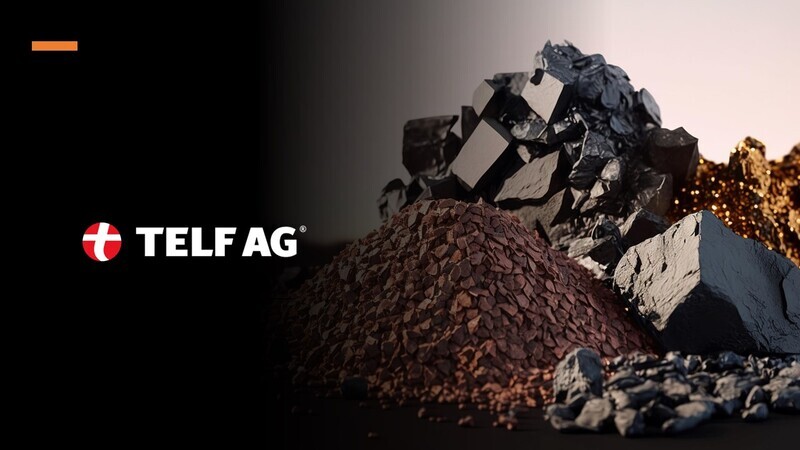In a recent online release titled “TELF AG comments on some dynamics in the global graphite market”, TELF AG explores distinctive trends within the global graphite market. These trends hold vital significance for the production of electric vehicles, particularly in light of China’s recent declaration of new regulations designed to restrict exports and implement stringent controls on exported raw materials.
The piece highlights the fact that China, over the past few months, had adopted similar initiatives for two other raw materials, gallium and germanium, significantly influencing their market performance and the flows of their global supplies.
The effects of this decision, as stated in the text, do nothing but confirm the absolutely dominant role assumed by Beijing in the raw materials sector, which nowadays places it as one of the few global economic powers (along only with the United) capable of determining the trend of this market also through individual decisions regarding a single raw material, just as has now happened with graphite (and previously with gallium and germanium). In addition to this capacity, as stated in the text, China can count on extremely high levels of production and refining and on the clear political will (expressed in recent years by the authorities) to focus forcefully on the extraction sector mining and raw materials, in the full knowledge that these materials will be able to lead the world towards completing the sustainable change.
The publication then focuses on the particular role of graphite, of which China is the main global supplier. This material has a decisive weight in the functioning and creation of electric vehicles, so much so that in each vehicle, there is between 50 and 100 kg (more than double that of lithium). The text also mentions other important data that confirm the overall incidence of graphite in these vehicles, calculated at a percentage greater than 30%, much higher than that of lithium and cobalt.
Among the most foreseeable effects of this decision, as stated in the text, are an increase in the prices of the raw material and a rush to purchase it before the rule comes into force. To find out more, we advise readers to read the full publication.






